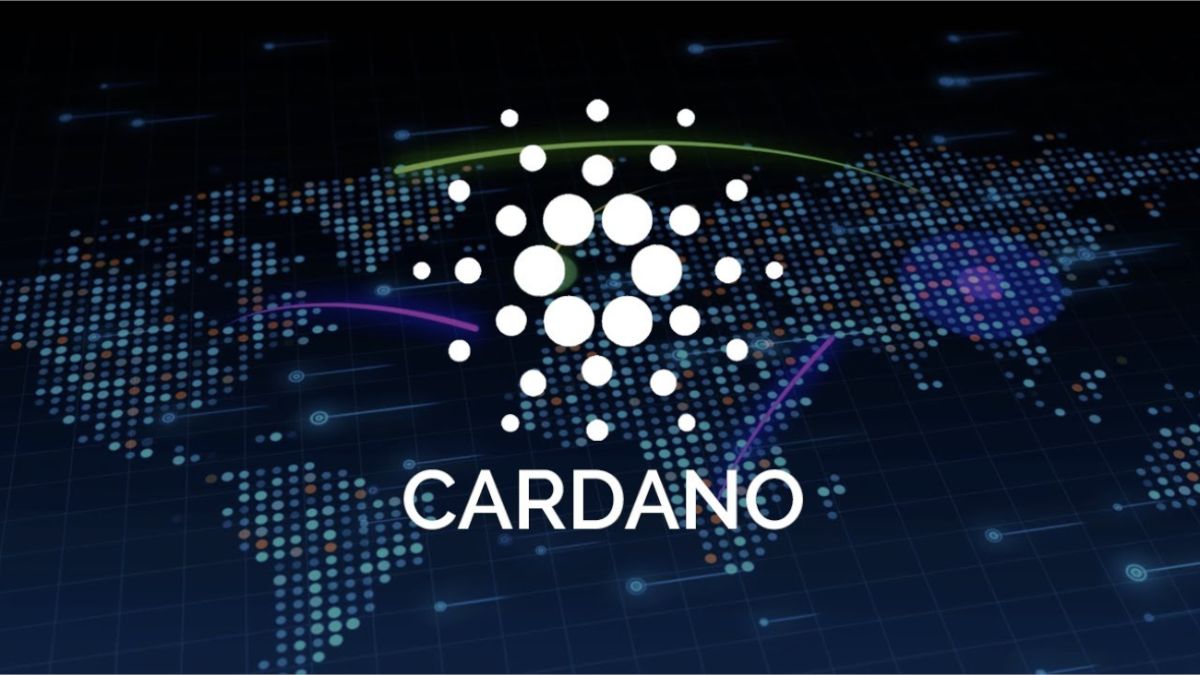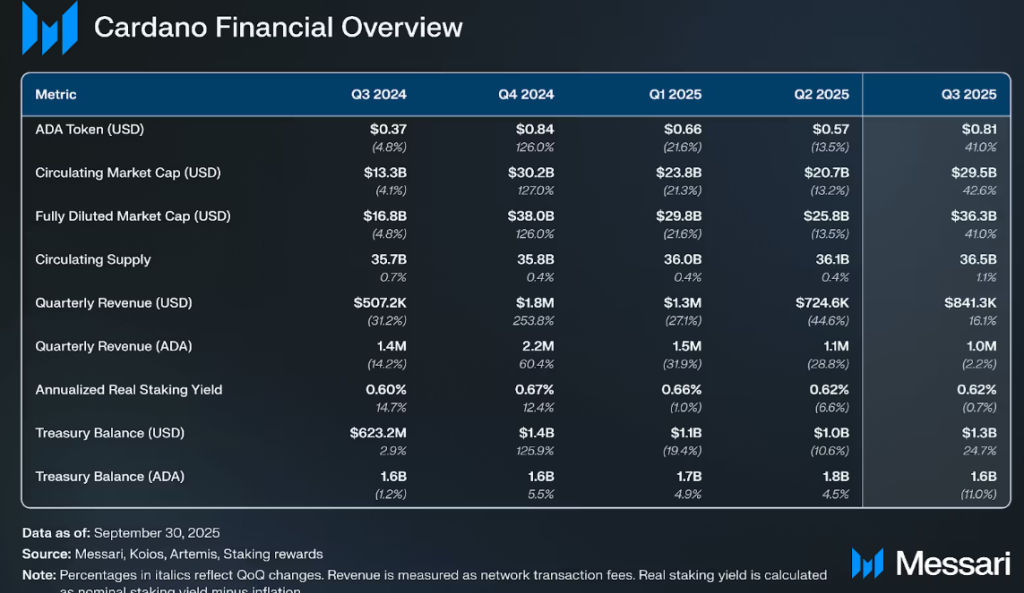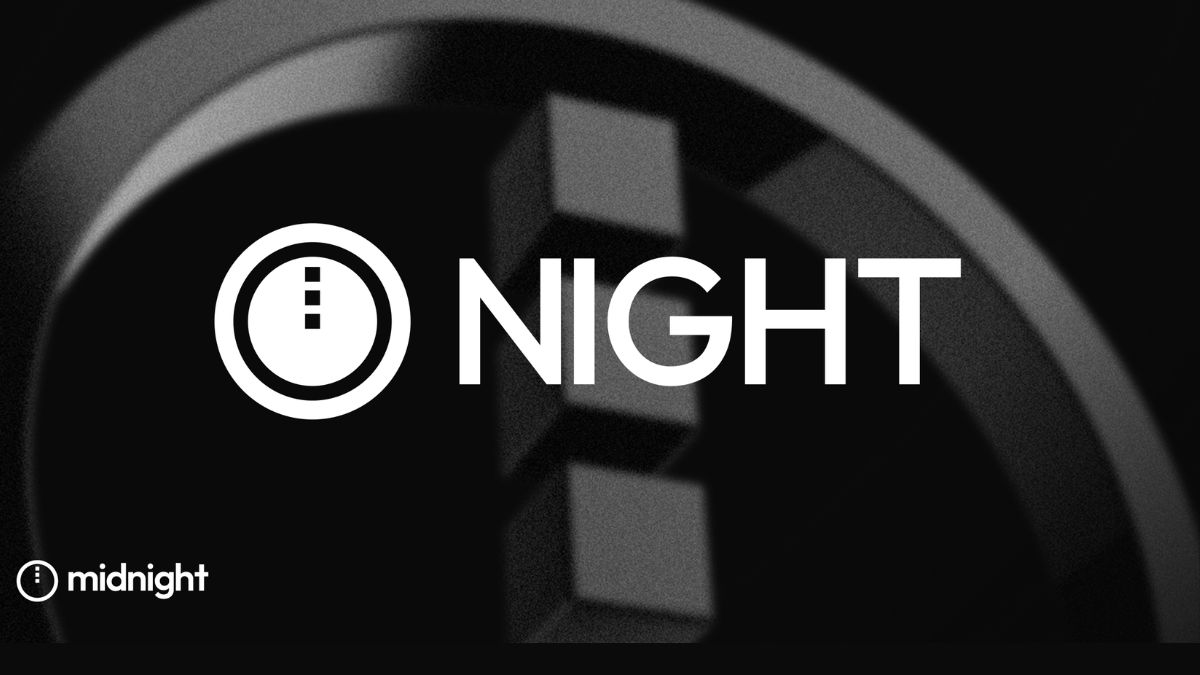Cardano Implements Full On-Chain Voting Framework - Crypto Economy
TL;DR Cardano completed its transition to full on-chain governance with a Constitutional Committee elected by the community. The network launched a smart contract–based Treasury that automates community fund...

TL;DR
- Cardano completed its transition to full on-chain governance with a Constitutional Committee elected by the community.
- The network launched a smart contract–based Treasury that automates community fund management and is supervised by five independent entities.
- The community approved a 96 million ADA allocation to fund upgrades for Ouroboros Leios, Hydra, and Mithril — marking the first time Cardano’s core development was financed directly through a community vote.
Cardano has reached a turning point in its history: since September, the network has operated under a fully on-chain governance structure, community-elected and powered by smart contracts.
This transformation marks the conclusion of the Voltaire era — the final stage in the protocol’s roadmap — focused on institutional decentralization and citizen control over ecosystem funds and decision-making.

WHAT CHANGES WERE MADE?
The shift began with the election of the first Constitutional Committee (CC), composed entirely of community-led organizations, including the Cardano Atlantic Council, Tingvard, and the Eastern Council. The vote was conducted publicly and verifiably in September, following the guidelines of CIP-1694, which requires concurrent majorities of 67% from Delegated Representatives (DReps) and 51% from Stake Pool Operators (SPOs). With the new committee taking office, the founding entities — IOG, EMURGO, and the Cardano Foundation — formally relinquished control over the governance process.
In parallel, Cardano deployed a smart contract–based Treasury that automates community fund allocation and replaces administrative management with auditable logic. Each withdrawal requires multiple signatures and constitutional approval before execution. Oversight is carried out by a Supervisory Committee composed of five independent entities — Sundae Labs, Xerberus, NMKR, DQuadrant, and the Cardano Foundation — which verify every transaction without participating in political decisions.

CARDANO MADE ITS FIRST LARGE-SCALE ALLOCATION THROUGH A DIRECT VOTE
The system was tested in July, when Intersect submitted 39 withdrawal requests to fund maintenance and infrastructure. Each payment was executed in under 36 hours, proving that a decentralized model can match the efficiency of centralized systems without sacrificing transparency.
A month later, the community approved the first large-scale allocation: 96 million ADA (about $71 million) to fund upgrades to Ouroboros Leios, Hydra, and Mithril. It was the first time that the network’s core development was financed directly by community vote rather than from the founders’ treasury.

The new structure introduces a formal separation of powers between DReps, SPOs, and the Constitutional Committee, which now function respectively as the legislative, executive, and judicial branches within the network. With these changes, Cardano leaves behind the foundation-led model and becomes a self-governing political system where every ADA holder can influence the evolution of the protocol.
Delegate Your Voting Power to FEED DRep in Cardano Governance.
DRep ID: drep12ukt4ctzmtf6l5rj76cddgf3dvuy0lfz7uky08jfvgr9ugaapz4 | We are driven to register as a DRep by our deep dedication to the Cardano ecosystem and our aspiration to take an active role in its development, ensuring that its progress stays true to the principles of decentralization, security, and community empowerment.DELEGATE VOTING POWER!








